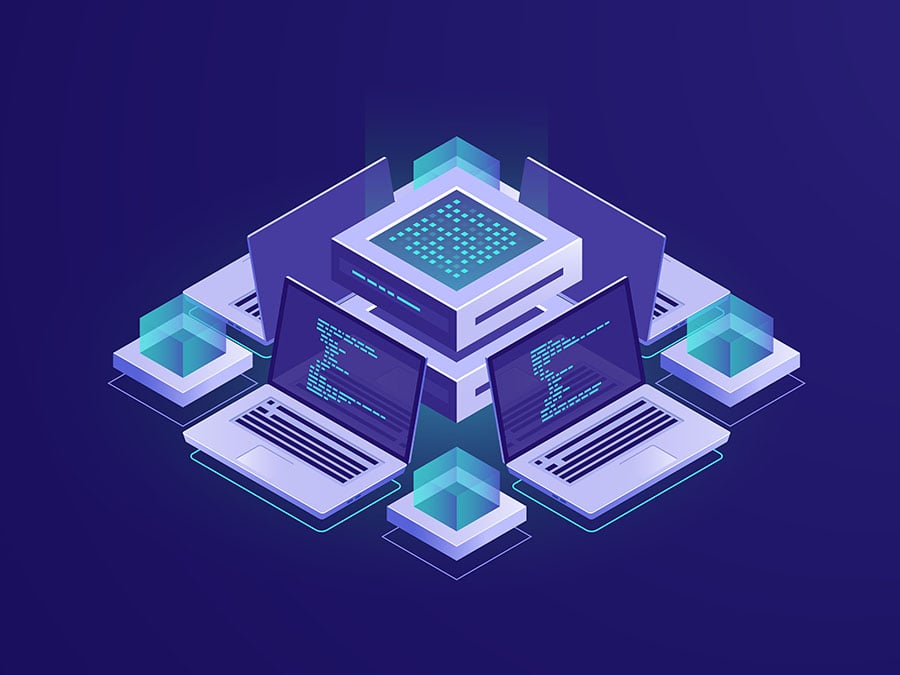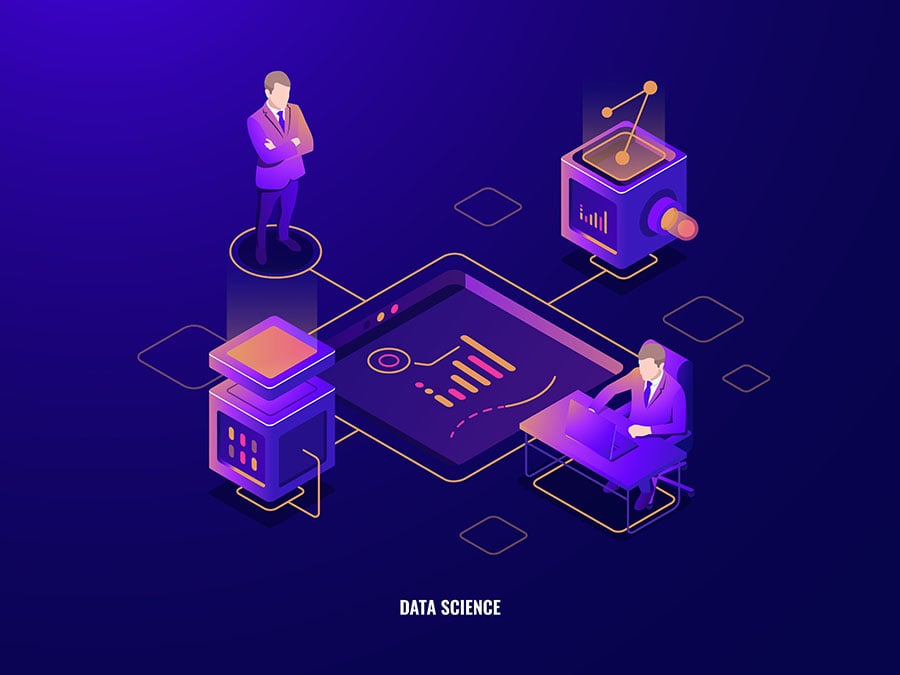Are you looking to create a modern data platform? Let’s look at what a data platform can do for you and how you can build a modern data platform in 90 days.
How to Launch a Modern Data Platform in 90 Days

Are you looking to create a modern data platform? Let’s look at what a data platform can do for you and how you can build a modern data platform in 90 days.
The process involves integrating a scalable data lake with your data warehouse; deploying dedicated data stores, analytics, and data processing services; and implementing a unified data security, governance, and access mechanism.
We will discuss how the following points work.
-
Why do you need modern data architecture?
-
How the modern data stack empowers businesses to solve complex business problems?
-
How can businesses analyze real-time information streams to accelerate digital transformation?
-
How to build a modern data platform and use AI/ML capabilities to simplify building a modern data lake?
-
Creating a modern data governance strategy to accelerate digital transformation.
What are data strategies?

Modern data architecture differentiates from data warehouse technologies in the ways that data is stored and made available for processing. The traditional data warehouse follows a schema-on-write construct – raw data workloads are structured in a pre-defined format at the time of storage. This means that when the data is retrieved, it is presented in a manageable format and ready for further processing.
The difference is that modern analytics use cases require access to real-time data streams characterized by various formats and structures. The sheer volume, velocity, and variety of these information streams make it inefficient to use a schema-on-write strategy at the scale and real-time processing speed requirements of modern data analytics use cases. A modern data platform allows users to store unstructured data in a centralized repository, such as a data lake or purpose-built data stores. Then apply the necessary data governance, quality, and management mechanisms only when retrieving data for further analytics processing. The following data strategies can be adopted using a modern data architecture:
-
Inside Out: Raw data is primarily stored in the data lake – selected data assets are pushed to purpose-built data stores to run specific use cases. For example, search queries on an eCommerce platform are collected directly to a data lake. A recent portion of this data is moved to a purpose-built data warehouse where it is formatted and managed for the desired quality standards. Users can then run analytics on the processed data workload to rank the most popular product searches for the next day.
-
Outside In: Data is stored on purpose-built data stores and transferred to a centralized data lake to run analysis. For example, clickstreams across different eCommerce channels for specific products are copied to the data lake to predict sales using advanced ML algorithms on the collective data assets.
-
Around the Perimeter: Data can seamlessly move between purpose-built data stores for different data processing functions. For example, the search service is directly integrated into the product database to establish an efficient search mechanism instead of transferring and searching through the entire product catalog in the data lake.
-
Sharing Across: A data mesh is designed around business domains – data governance and sharing protocols are handled across data producers' and consumers' logical and physical governance boundaries. The data mesh acts as a marketplace to connect users who want to share the data with users who want to use that data, with federated data domains defining secure and reliable data management procedures.
-
Data Gravity: The approach of building a ring of supporting services, such as purpose-built data stores around the data lake, with a strong focus on data security and governance as the data lake and sources scale rapidly. A deep collection of relevant purpose-built services such as dashboards, a unified security and governance strategy, and low-cost scalability of system resources without compromising on performance is key.
Adopting a modern enterprise data management platform

Modern data management refers to the process, strategy, and tasks involved in maintaining data quality, security, and governance protocols, specifically as your data lake platform grows in volume and complexity. This is expected for any digital transformation project that harnesses real-time information streams for advanced ML and analytics use cases. The key characteristics of modern data management include the following:
-
User-Centric: people and processes benefit from the data principles of maintaining high quality and strong governance standards; a single source of truth; reusable patterns, efficient and efficient workflows.
-
Centralized and cloud-native data storage and processing platform that allows for highly scalable operations as part of a realistic and practical data governance program.
-
High Security: sensitive information is protected against internal and external threats.
-
Flexibility to adopt different data strategies and flows as more data consumers, sources, and domains are created in compliance with applicable governance protocols.
-
Cost-Optimized: Performance is not achieved at the expense of security, governance, data quality, and budget limitations.
What is the modern data stack, and why should you be excited about it?

Modern Data Stack refers to cloud-native applications and services that enable a modern data platform. Unlike a traditional data stack built on an on-premise Hadoop and tightly coupled data warehouse technologies, the modern data stack follows a business-focused operating model: simple and easy to deploy and scale, designed to conduct specific business functions, low-code/no-code design philosophy and delivered as a Service. Strong data governance and quality management capabilities are embedded into a modern data stack instead of treating it as an afterthought.
What is a Modern Data Platform?

A modern data platform that overcomes the limitation of a standard data lake architecture, typically adopting modern data strategies with a focus on data gravity and data-domain data mesh. It brings together the strategic, cultural, and technological shift for operating distinct data domains in compliance with strong data governance standards for real-time analytics processing. The following key capabilities are required to build a modern data platform:
-
Continuous and extensible data processing
-
The elasticity and agility of the cloud
-
Isolated and independent resources for data processing
-
Democratized data access and self-service management
-
High availability and disaster recovery
How can automation help you build a modern data platform?

The modern data pipeline involves evolving and complicated processes that become overwhelming as you enroll many data consumers and producers and assign complex governance requirements across multiple data domains. In a modern data architecture where storage and computing are decoupled, automation technologies help by automatically discovering configurations related to workload dependencies across data domains, mapping configurations to relevant services and user profiles, and simplifying ETL tasks and other business process automation tasks.
AI solutions can help understand workflow patterns, identify bottleneck tasks, and automate workflows to achieve maximum efficiency. For instance, teams managing the data mesh can accurately assign the right governance controls to data consumers as different analytics use cases are spread across different data domains. Similarly, automation can simplify ETL pipeline development by consolidating and automating data integration and provisioning tasks within a single service such as AWS Glue.


